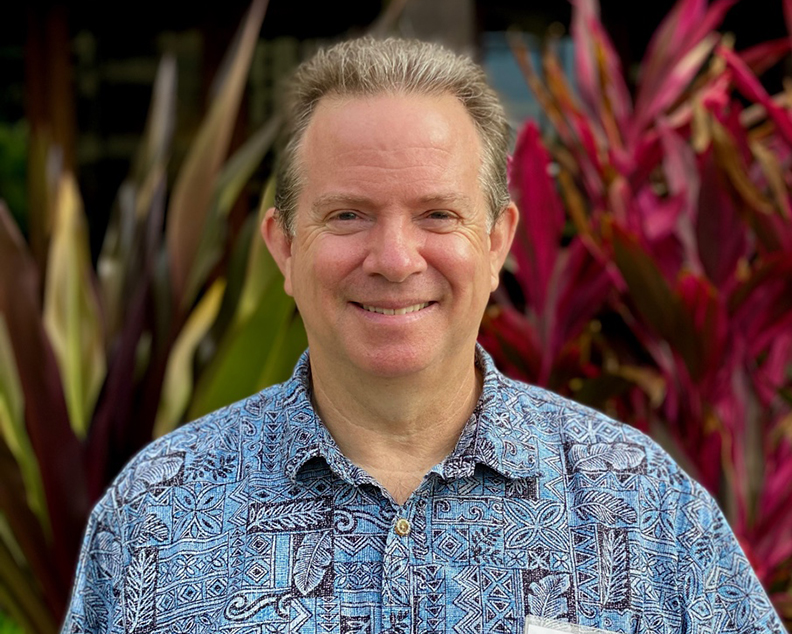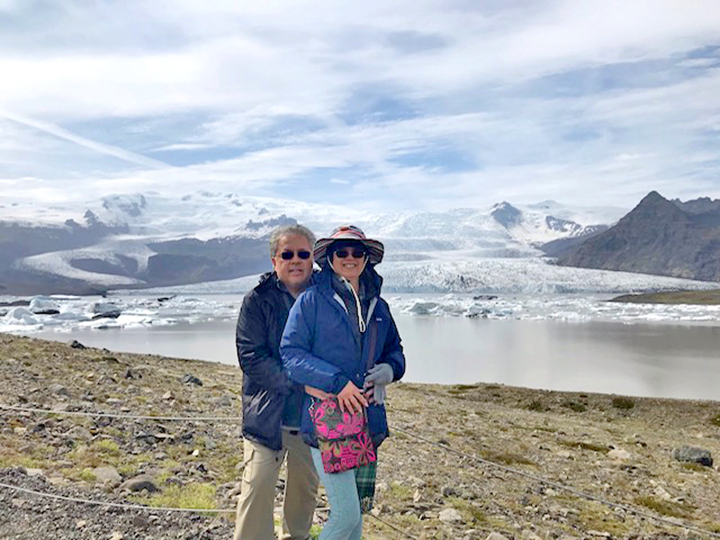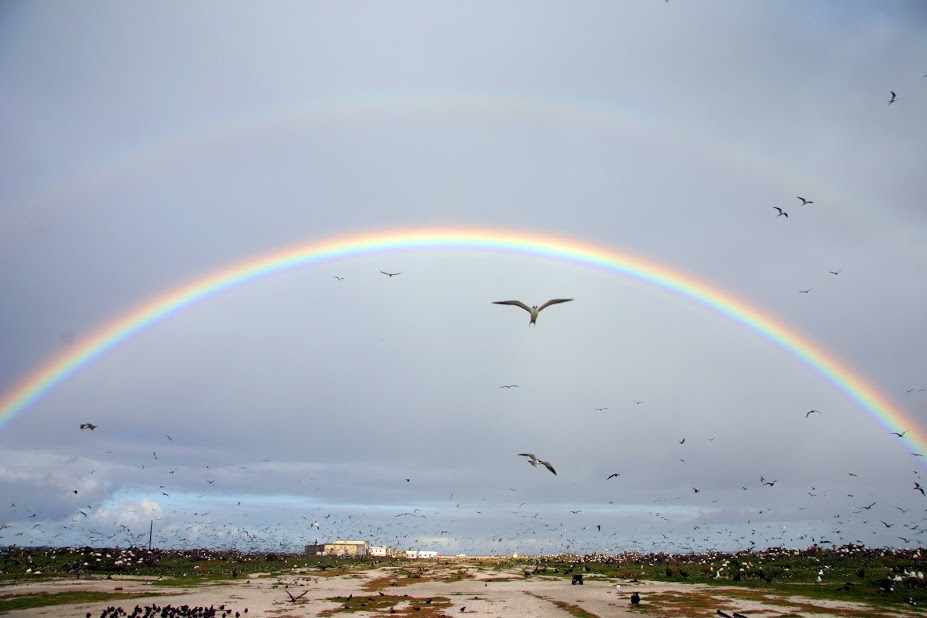
Hanalei Roads Committee members, from left, Brian Hennesy, Susan Wilson, Barbara Robeson, Jonny Wichman and Makaala Kaaumoana. Not pictured: Carl Imparato, Carol Wilcox, Johanna Ventura and Evelyn de Buhr. Photo by Joan Conrow
by Joan Conrow
The legendary one-lane bridges that enhance the North Shore’s peaceful charm would likely be little more than a memory if a citizen’s group hadn’t intervened.
This month, the Hanalei Roads Committee will accept a Historic Hawai`i Foundation 2012 Preservation Honor Award in recognition of protecting the 100-year-old bridges that cross the Hanalei River and Wai`oli, Waipa and Waikoko streams.
“The award shows that preserving our history is important,” says Brian Hennessy, who co-chairs the Committee with Barbara Robeson.
It all started in 1975, when state transportation officials announced plans to remove the historic, one-lane metal bridge across the Hanalei River and replace it with a sweeping concrete span bridge that would connect Princeville and Hanalei.
“There was a very dramatic sense that preserving the Hanalei Bridge would be an issue,” recalls Susan Wilson, who joined with Carol Wilcox to found the Committee in response to the state proposal. “Move folks faster — that was the philosophy in the 1970s.”
But that approach ran counter to the wishes and lifestyle of many North Shore residents, including Hennessy, an engineer who joined the committee more than a decade ago.
“I got involved mainly to help keep our little road out here rural and small in nature, so it fits the community and doesn’t become a big highway, because that’s not appropriate for a dead-end road,” Hennessy says. “It’s very important to me, as someone who grew up over here and wanted to keep the character of the road intact.”
Johanna Ventura, a Wainiha resident, expresses similar sentiments.
“The road from Hanalei to Ha`ena does not just serve as a means to an end (of the road), it helps to actually define our community’s character,” she says. “When one descends into Hanalei Valley and crosses the one-lane Hanalei Bridge with the sweeping vista of lo`i kalo, one passes through a visual gateway. As the road meanders along side the river, passes through town and then embraces the cliffs of Waikoko and Lumahai before heading out to Ke`e, the traveller is encouraged to slow down and breathe in the surrounding beauty.”
Ventura got involved with the Committee after the iconic, white “picket fence” bridges spanning Wainiha River were replaced with temporary bridges “that have an industrial look and feel that has made our short stretch of highway a less friendly place. My daughter made a video of the bridge replacement for a student competition when she was in sixth grade. Ironically, she chose to end it with the words, ‘they SAY these bridges are temporary, but do they look temporary to you?’ I watched that video again about a year later and realized it was a message directed to me, more than anyone.
“I HAD to be more involved to ensure that I did whatever I could to make sure they didn’t become permanent. My children’s Native Hawaiian grandmother loved the old bridges — she even had a painting of them in her house.”
The Committee is currently focusing its attention on the three Wainiha bridges, which were demolished after overloaded vehicles crushed two of them. In 2005, the state Department of Transportation initiated a project to replace or strengthen the bridges without acknowledging or recognizing that the structures are historic — a federal designation that requires construction to follow certain guidelines.
The Committee has been meeting with DOT’s consultant for the past seven years to develop a preliminary design for the bridges. Though the consultant has pushed for wider bridges, the community unanimously supported the historic width and design at a recent public meeting.
The protracted discussion over the Wainiha bridges underscores one of the greatest challenges the Committee has faced: convincing transportation officials that the narrow road, with its 10 one-lane bridges, plus Manoa Stream crossing, is safe.
“I’ve been surprised throughout the process at how difficult it is to change mindsets on a bureaucratic level,” Wilson says with a laugh.
Still, Hennessy says, “We’ve made a ton of headway in making the DOT understand why it’s important to preserve historic roads and why maintaining low speeds is safer and how one-lane bridges are an integral part of keeping the speeds low. They’re a very effective traffic-calmer.”
Ventura, who says she is “passionate about community-driven planning,” feels the Committee “has forged a new model of citizenship leadership and partnership with the Kaua`i office of the state DOT that I hope other rural communities will someday choose to follow.”
Though the Committee has faced numerous obstacles, maintaining the group for 37 years has been a feat in itself. “We’ve gone through births, deaths, marriages and divorces — the whole human gamut — and we’re still standing,” Wilson says. “Citizen activism has staying power.”
Other Committee members are Jonny Wichman, Carl Imparato, Makaala Kaaumoana and Evelyn de Buhr.
“We’re always looking for the next generation of people who want to preserve the history of the community,” Hennessy says.
For more information about the Committee, email HRC@hawaii.rr.com.
Discover more from ForKauaiOnline
Subscribe to get the latest posts sent to your email.





Leave a Reply